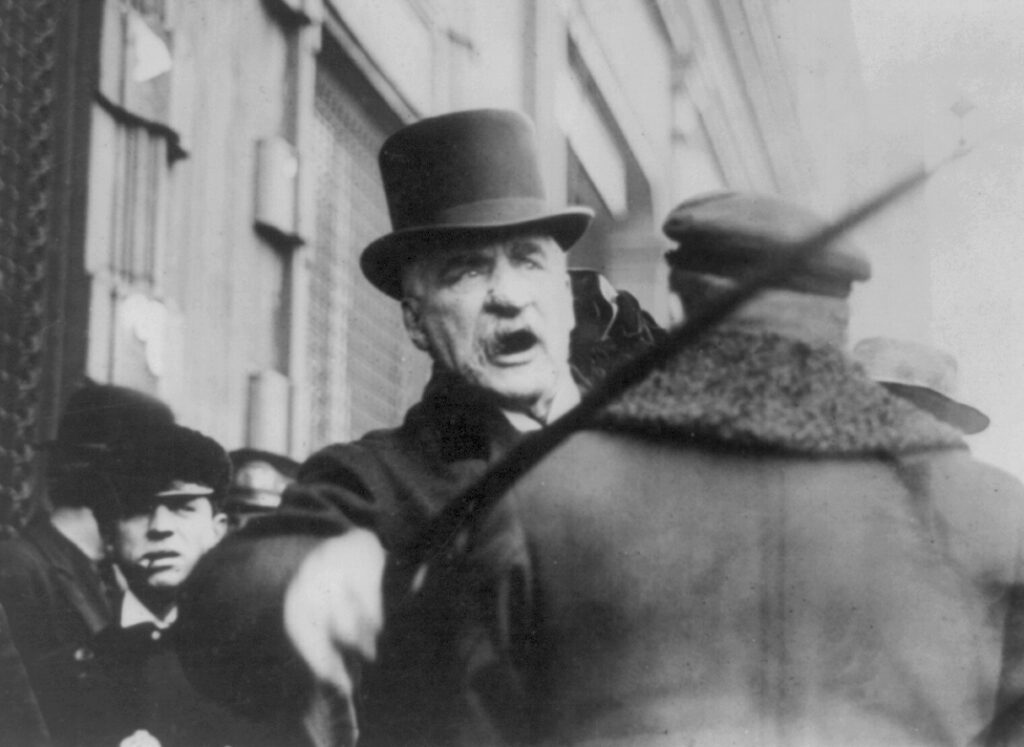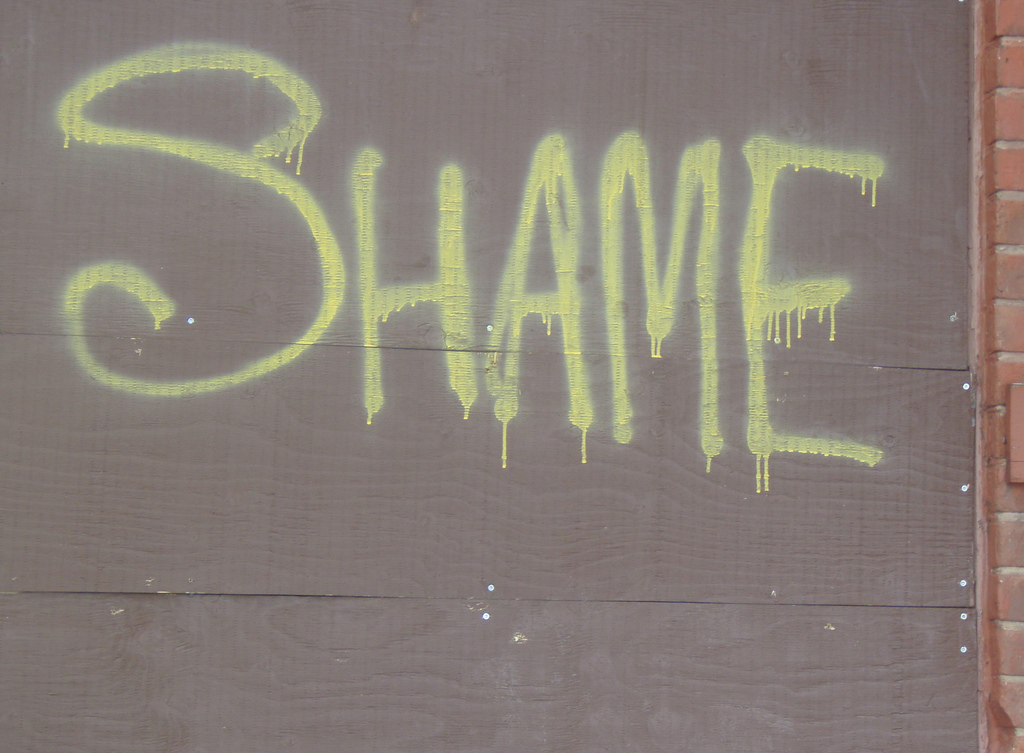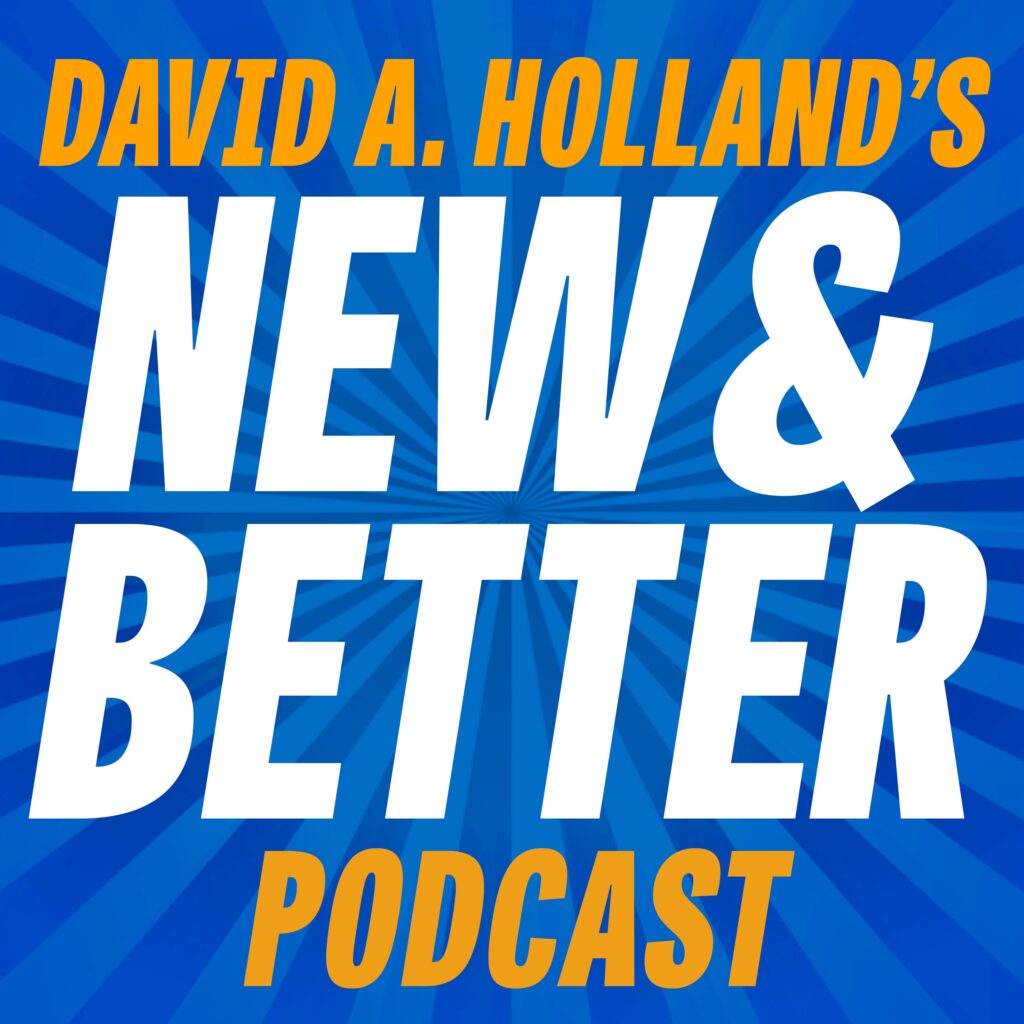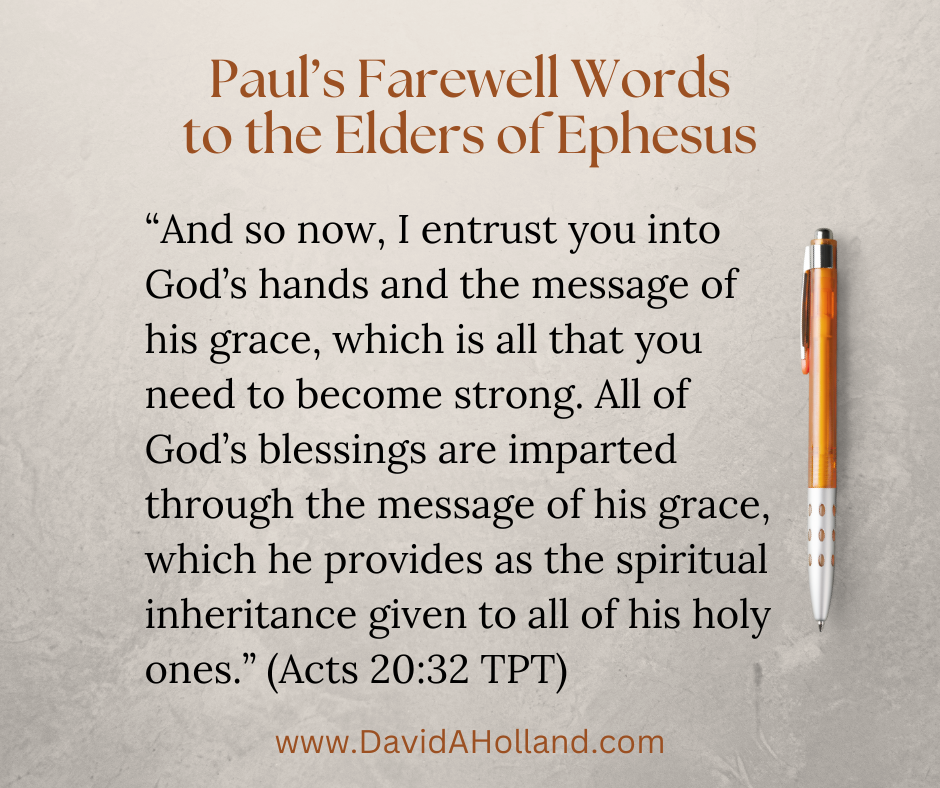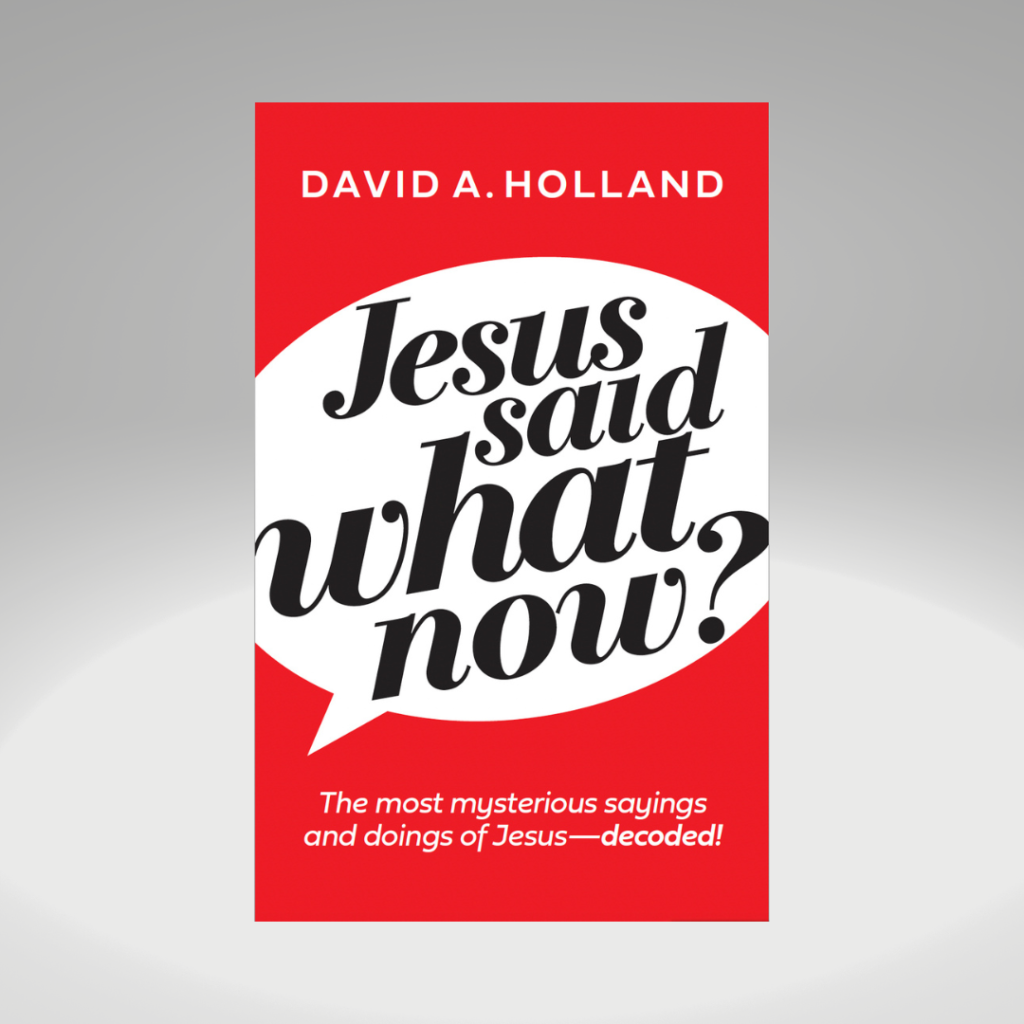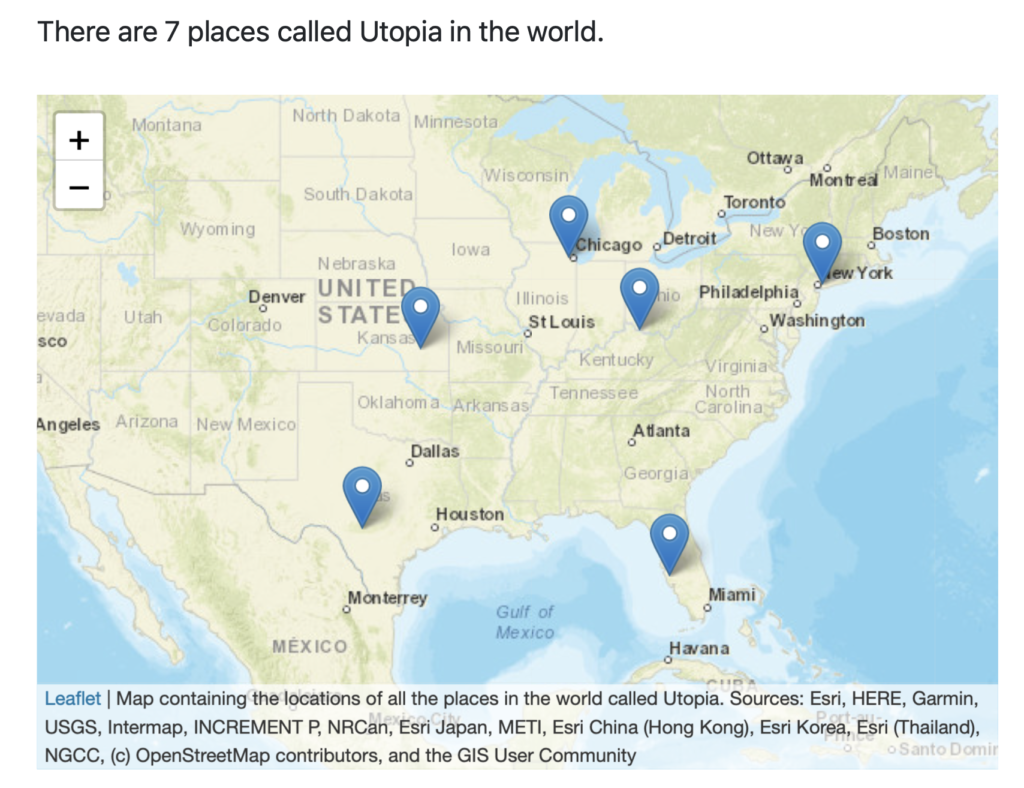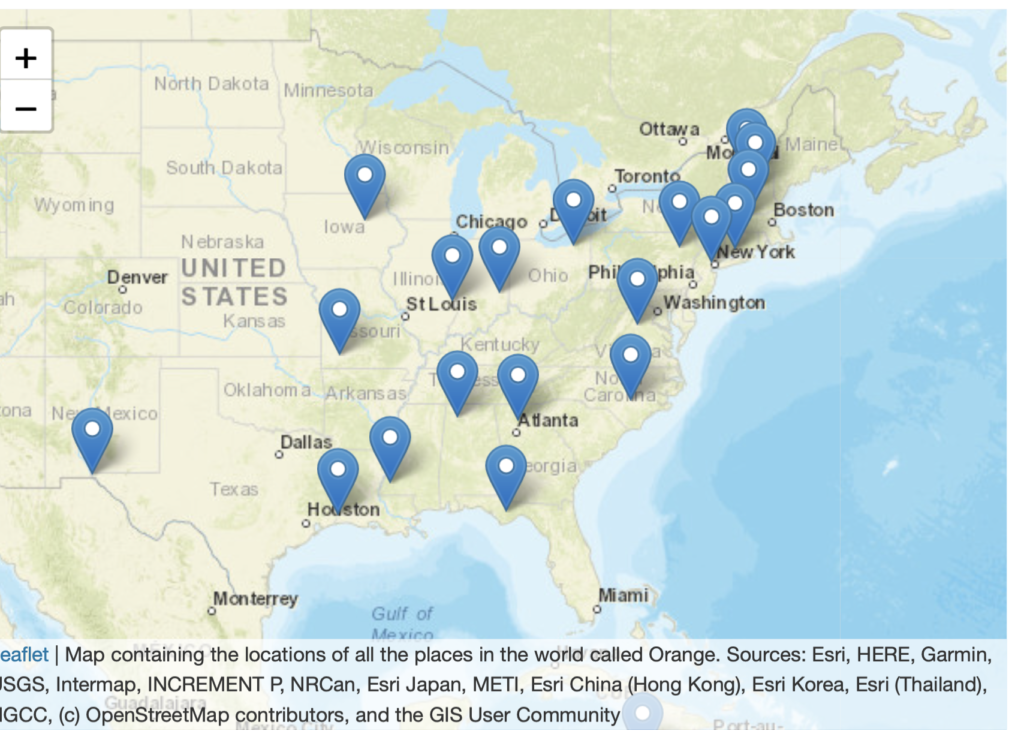
I know a couple who keep buying bad houses. They house shop exhaustively but the ones they end up choosing turn out to be money pits. Similarly, I know some women who keep making disastrous choices in spouses or boyfriends. And guys who pick the wrong woman . . . every, single, time. And other sweet people who keep taking the wrong job offer. And others who go from one financial crisis to the next. They all have something in common . . .
Their “chooser” is broken.
Or at least it’s broken in one area of their lives. I’m not judging or throwing stones. I’ve had a broken chooser myself. And mine still needs repair and maintenance from time to time.
Having a well-functioning chooser is a pretty important thing for building a good life. We make hundreds of choices each day. Sure, most aren’t all that inconsequential. “Cup or cone?” “Curly fries or regular?” “White sneakers or blue ones?” But in the aggregate each of our lives is really just the product of the past choices we’ve made. As John Maxwell has said:
“Life is a matter of choices, and every choice you make makes you.”
John Maxwell
I’m neither a pschologist nor a therapist. But I am a certified life coach (among a half-dozen other hats in my wardrobe) so I have a keen interest in helping people create a better life–a brighter future–by helping them fix their choosers. So if your life stinks, or if in just one area of your life you consistently get bad outcomes, maybe you need to fix your chooser. So here’s the thing. Your choices are largely driven by two things:
- What you value.
- What you fear.
If those two propositions are true–and I believe if you’ll stay with me you’ll see that they are–then you can start getting better outcomes from your choices simply by making adjustments to what you value and what you’re afraid of. Let’s start with proposition number one.
Exposing Your Hidden Values
When I use the term “values,” I’m not talking about morals or standards. I’m talking about what you literally hold to be valuable. What you view to be important. What you believe, in your heart of hearts, will make you happy. When you face a choice, you, very logically, make that choice based on what you “value” most highly.

Early on in my years of working in the world of marketing communications I discovered something shocking: There is often a big difference between what we claim we value and what we actually value. What we truly value drives how we decide or choose. But here’s the thing . . . what we say we value isn’t always the truth about what we actually value. And often, we’re not even honest with ourselves about what we value.
Twenty-five years ago a major household goods conglomerate commissioned a mountain of research about what women wanted in a laundry detergent. Their research data revealed that an overwhelming majority of women said “environmental friendliness” was “very important” to them. And that they would definitely be inclined to purchase a detergent that was low in phosphates– something that had been shown to have negative impacts on the environment.
Well, they lied. Okay . . . “Lied” is a strong term. But the corporation believed their resarch results and came out with a line of clean, low phosphate detergents. And they didn’t sell. At all. They could hardly give them away.
As it turned out, what the big majority of people who purchased laundry detergent (women, overwhelmingly) truly “valued” was having clothes and sheets that smell nice. And those “clean” laundry detergents didn’t leave their loads smelling like anything at all. When filling out a consumer survey, they wanted to seem virtuous so they said they valued environmental impact, but that wasn’t the true value driving the decision.
The people who make that decision revealed, through their choices, what they really valued. Namely, having clothes that smell good. The true value was fragrance. And that value was revealed when it came time to part with hard-earned money at the store.
Here’s another example from the world of ministry fundraising. If you ask 10,000 Christians if it is “very important” to support evangelism, that is, the proclamation of the Gospel, 10,000 of them will answer “Yes!” “Amen!” “Absolutely!” “Very important!” Then, if you were to subpoena their bank records of those 10,000 Christians guess what you would find in terms of their charitable giving? How many of those 10k believers will have spent a single dollar over the previous year in the cause of delivering the Gospel to lost people? (Spoiler Alert: Less than 10,000. Way, way less.)
Often, our real values don’t exactly align with the values we know we believe we should have. And in most contexts our money-spending “chooser” faithfully reflects our authentic values. But, again, we don’t just make money decisions. We also make job decisions. Relationship decisions. And wide array of other “life” decisions.” Every day.
So, something similar is true for all of us in all areas of decision making. We know what we ought to value. But then there is what we really value. And it is that true value is that drives our decisions. We are ruthlessly logical and consistent. We repeatedly choose in logical harmony with what we really, truly think we want and need.
The problem is that what we we want is often NOT what will really make us happy or produce a good life outcome. Here’s a common example.
Image-Driven Decision Making
I have abundant personal experience with this one. It has always been tempting to place high value on how we are perceived by other people. In other words . . . “image.” Even if we won’t admit it, most of us care deeply about what other people think about us. Men, in general, want to be admired by other men and want to be seen as “winning” in the competition called life. Women, in general, want to be envied by other women. They, too, want to “win.” In both the masculine and feminine contexts “status” is the true value.

In earlier seasons of my life I made many decisions driven by image considerations and my need to feel significant in the eyes of others. Insecure me, cared deeply . . . too deeply . . . about how I was perceived by other people. So the value of “image” drove decisions about how to spend my money, what car to drive, where to work, or even who to date.
Dating? Oh yeah. Sadly, in my early single years numerous choices of relationship were driven primarily by what the girl on my arm said about ME. I’m not proud of it, but I would sometimes go after the girl that my friends would be impressed by if I got her to go out with me, rather than courting the girl I was genuinely attracted to in terms of looks and personality. That wasn’t fair to anyone, myself included, but especially the girl.
(Thankfully, by the time I met my bride in the back half of my twenties, I’d grown up enough to stop that nonsense. And yet she was still stunning and funny and in every way the ideal life-companion. But my decision to pursue her was rooted in much higher values than just insecure pride, competitivness, and show-off-ery. She was what my authentic self truly wanted and needed .)
All we broken, fallen humans have one under-appreciated superpower. I’m talking about the power to rationalize. We have the extraordinary ability to convince ourselves that the thing our mis-programmed choosers want is precisely what we should have. We all have a slick inner salesman who is brilliant at crafting a logical case for choosing “the thing”–however destructive or disastrous it may be.
The inner voice whispering, “Hey, you deserve this!” has led to more bad decisions than doing tequila shots.

Again, at some point I grew up spiritually and emotionally enough to realize that my image-driven decisions never produced good outcomes in any area of my life. And becoming a husband and father made making good decisions even more critical. At that point, a boneheaded choice didn’t just affect me. If I “chose poorly” it wasn’t just my life that was impacted. A sweet woman and three adorable, trustling little girls took the hit, too.
And “image” is far from the only low consideration that can inform our values. But it’s a common one. (Safety is another. I’ll deal with it in Part 2 of this post.)
Eventually, I figured out that my values drove my “chooser.” So, let me reveal one of the most powerful things I did to clarify what I should value in order to get consistently better outcomes. I learned to ask a key clarifying question . . .
I was in my mid-30s. My 40th birthday wasn’t exactly imminent, but it was a visible, growing speck on the horizon. At this point in my life, I was starting to get an understanding of the truth I’m trying to convey in this post. Namely, that I consisently made choices based on what I valued, and if I wanted a better life for myself and the people depending on me, I was going to have to “upgrade my values.”
So one day I sat down with a legal pad and a pen and put this question at the top of the page . . .
What Makes Life Good?
Then I paused, prayed, and then with gut-level honesty looked back across the previous few years and searched for moments and seasons of true joy, peace, and sweetness. Then I began to make a list, answering that question. I wrote, “What makes life good is . . .”
- Laying on the floor with my kids climbing on me like I’m some sort of interactive jungle gym.
- Having peace in our marriage and the abcense of conflict in our home.
- Feeling trusted by my sweet bride.
- Not having financial pressure.
- Bike rides through nice scenery in mild weather.
- Having meaningful work to do that accessing my highest skills and talents.
- etc.
I filled two entire pages with the things that I knew in my heart produced authentic happiness and joy in me. Then I took a mental step back and studied that list. Here’s what I discovered:
First, only one of the things on the list had anything to do with money. All the others came with the a price tag of $0.
Secondly, NONE of the things that truly, authentically contributed to making my life good involved impressing anyone else, or being envied, or displaying status. Not one.
Thirdly, the one item on the list that did relate to money–“Not having financial pressure”–was a coin with two sides. What I mean is, there are two ways to not have finincial pressure. One is to make more money. The other is to spend less money. I knew the former path–making more–wasn’t always within my control. But reducing our spending so that we are living within our means was entirely something we could control.
What’s more, I’d discovered that, without intentional steps to live within our means, making more money only resulted in more spending. Financial pressure continued no matter how high our household income rose. And guess what tends to result in excessive spending?
Trying to impress other people. There is a gut-punch of truth in the old saying,
We spend money we don’t have to buy things we don’t need to impress people we don’t like.
What that exercise did was give me a roadmap for ungrading what I valued. And it seemed clear to me, that if I replaced any flawed values that were driving poor choices that produced negative outcomes; with valuing things that reliably produced goodness and sweetness in my life, my “chooser” would be repaired.
And I was right. Consciously, prayerfully shifting what I valued shifted my choices.
Image vs Quality-of-Life
I can say with reasonable confidence that I’ve never once made a good image-driven or status-driven decision. So is there a better alternative to using image and status-enhancement as a goal? I’m glad you asked.
Yes! A far better target is “quality of life.”
This statement will be a controversial statement in some church circles but (and this is my “I don’t care face”) . . . God wants you to have a good life.
Not an easy life. Not a perecution-free life. Not a trouble-free life. A good life. It was no less a reliable source than Jesus who said that He’d come that we might have abundant zoe life. (John 10:10) He also invited us all to come to Him if we’re worn out or weighed down because with Him we’d find rest for our souls. (Matthew 11:28) He called himself the “Good Shepherd” and the 23rd psalm gives us a great picture of what being under the protection of a good shepherd looks like.
That means the believer can and should remove “image” and striving for “status” from the values that drive our decisions. A good replacement for them is: “quality of life.” And “quality of life” values are rooted in your personal “what makes life good” list.
The believer is back in the Garden. Jesus opened the way back to the Tree of Life. So, the life of the Christian should be filled with meaning and purpose and peace and provision and upward progress. Of course, that progress will require periodic spiritual fights and battles against the the King’s enemy as he or she takes new ground.
But fighting to take ground against the King’s enemies (which become, by default, your enemies the moment you are baptized into Him) is a much different thing than struggling and striving to look “significant” in the eyes of others.
Here’s another important point . . .
Replacing “image” with “quality of life” as a driver for decisions can and does still result in having nice things and nice experiences (when such things are truly affordable.) For example, if you have a growing family, buying a bigger house in a better of neighorhood can make perfecdt sense with “quality of life” as the driving value. From the outside, the decision to buy that house can look like an image-driven decision. But when driven by “quality of life,” the decision to acquire those things and have those expeiriences is a better, higher decision and therefore invariably produces a better outcome.
Buying things you can’t afford leads only to stress and misery. That’s the opposite of “quality of life.”
The same is true of other decisions rooted in the wrong values. They produce heartache and stress and regret. So, how does one go about evaluating the values that lay beneath our decisions?
Joy and Gratitude: Your Guides to Upgrading Your Values
What brings you deep, authentic joy? What is going on in the moments in which you feel a wave of gratitude wash over you? When do feel “in the zone” or in a state of “flow.” Being mindful and aware of where you are and what you’re experiencing in those moments, and then comparing the answers to what seems to be driving your choices, is a related way of determining whether you must might be valuing the wrong things.
Going through life desperate to be envied is a very low way to live. And it’s a prescription for making a stream of bad choices with unhappy outcomes.
Upgrading your values will have a HUGE impact on the quality of your decisions. But low, flawed values isn’t the only thing causing a lot of “choosers” to be broken. In Part 2 of this post, we’ll explore another common issue . . .
Fear: The Other Factor
Coming soon!

